Soldering 101: What is Solder Made of?
The soldering process is an integral part of electronic assembly. When designing and manufacturing consumer electronics, all the electrical components of the printed circuit boards must be assembled onto it, and this is where soldering comes into play.
When soldering electronic components, a solder is needed, and it is seen as the connective tissue that joins two metals during PCB assembly. It can also be used in other metal joining processes (such as by plumbers to join copper pipes). However, there are different types of solder and not all solder types are suitable for all kinds of metals. Also, to choose the right solder, you need to understand the characteristics and composition of that solder.
There are numerous categories of soldering techniques and there are differences between soft soldering and hard soldering. When the melting point of the solder is below 450°C, soft soldering is used. However, while hard soldering, the solders used have higher melting points that range from 450°C to 900°C. Meanwhile, at VECTOR BLUE HUB, we are known for our expertise in soft soldering, as we only operate in this, excelling in applications that require temperatures up to 450°C.
Therefore, in this guide, we will discuss the different types of solders, their properties, compositions, melting points, and applications. By understanding these details, you will be able to make better decisions when choosing from the various types of solder alloy for your electronic assembly when soldering electrical appliances.
What is Solder?
If you’re somewhat acquainted with electronics and printed circuit boards, you’ve probably come across the word ‘soldering’. Soldering is the physical connecting of two metals, which involves the use of a filler metal with a melting point of roughly 315°C or 600°F. This filler metal alloy is known as solder.
A solder is a metal alloy with a low melting point that is used to create a permanent bond between two or more metal surfaces. This metal joining process is accomplished by melting the solder, which in turn, creates the mechanical joints between the two metals of the PCB and the component’s leg. This process requires the solder to have a lower melting point than the components being bonded, so as the solder cools down, the parts are firmly bonded.
The concept of utilising a lower melting point alloy to join two or more metals has been around for thousands of years, but the present-day solder is often formed out of lead and tin and/or flux.
What are the different types of solders? What is solder made of?
To ensure the solder joint that will be created is of good mechanical strength and can withstand environmental stress and thermal cycling, it is important to understand the various types of solders and their properties.
Lead and tin are used to make traditional solder. For several decades, this lead-based solder was the industry standard in electronics manufacturing. However, there have been concerns expressed regarding the health and environmental consequences of the use of lead, hence the need for lead-free solders.
There are different types of solder based on composition and core style.
Lead Alloy solders
Lead is combined with other metals or alloys in this solder type to achieve the desired melting point and tensile strength. Lead is one of the key components of leaded solder. The most frequent composition is 60% tin and 40% lead (or perhaps 63/37). The melting point of lead alloy solder is low (about 180° C).
Lead-alloy solders are easy to work with and form strong connections with other metals. They are also known as soft solders because of their characteristics. The low melting point of tin makes it the preferable metal. Tin also boosts the tensile and shear strength of the material.
Tin whiskers are prevented from by adding lead to the solder alloys. Tin is used because it has a lower melting point. Lead also inhibits the growth of tin whiskers (small, hair-like extensions that sprout from the top surface of tin, causing short circuits). Lead alloy solders are commonly utilised in a variety of industries, such as electronics, plumbing, and metallurgy.
However, many nations have banned or restricted the use of lead solder (soft solders) in some applications, particularly those involving drinking water or food, due to concerns over the potential health dangers connected with lead exposure. Lead-free alternates are currently being employed in numerous applications.
Lead-free solders
The EU put into effect the Restriction of Hazardous Substances Directive (2006) in response to concerns voiced about the use of lead. These solders have no lead, as the name implies. In lead-free solders, tin is the most common base metal. It contributes to the greater mechanical strength of the alloy. Silver, copper, nickel, and antimony are among the other metals.
Lead-free solder has a higher melting point than leaded solders. This has a number of unintended consequences, including greater stress on components during electrical connections. This can also make it more difficult to work with because it can destroy electronic components if not used correctly. They cannot be used for soft soldering.
Lead-free solder also does not flow as well as lead-based solder because of its high melting point, which often makes the joints weaker. To avoid such issues, manufacturers have created lead-free solders with distinct characteristics. For example, a tin-silver-copper alloy has a lower melting point (217° C). The use of silver solder reduces the oxidation, while the copper enhances the conduction and tensile strength of the soldered joint.
Tin whiskers are prevented from forming on the metal parts by utilising conformal coatings or adding nickel into the alloy. Examples of these conformal coatings include acrylic, epoxy, polyurethane and silicone coatings.
At VECTOR BLUE HUB, we employ the use of eutectic alloys in our manufacturing processes, including Lead-free binary systems and alloys made of aluminium and silicon. These systems are a better option than the individual metal alloy system because they are more durable, have good electrical and thermal properties, and are less expensive to create.
Flux core solder
This type of solder comes in the form of a wire wound around a cylindrical reel. Flux core solders contain a reducing agent at their centre. Flux is a reducing agent that aids in purging oxides, pollutants, and other impurities from metal surfaces before joining them. By lowering the surface tension and avoiding oxidation during the soldering process, it also aids in the flow of the molten solder.
In order to provide a cleaner electrical connection, the flux that is generated during soldering lowers (reverses) the oxidation of the metal at the contact site. It improves the wetting characteristics of the solder, in addition to eliminating the metal oxide layer formed.
There are two main types of flux core solders, specifically depending on the core style;
Rosin flux core solders:
A rosin core solder is a ubiquitous flux in electronics and other applications, rosin is a natural resin obtained from pine trees. Rosin core solder is a preferred option for delicate applications since it is non-corrosive and forms a flux residue that is simple to clean. Additionally, rosin core solder is produced with a hollow core.
Acid core solders:
An acid-based flux is contained in the solder wire of acid core solders. Metals like copper alloys, brass, and zinc are soldered using an acid flux, which is commonly manufactured from hydrochloric acid or zinc chloride. Because the acid solder flux is corrosive and can harm other metals, it is important to use it only on specific metals and to clean the surfaces after soldering.
Acid cores should not be used in electronics; they are intended for plumbing and metal repair.
Solid core solder:
Instead of using a hollow core, solid core solder employs a solid wire that contains the solder alloy or substance. Flux is not present in them. If you use this solder, you must use separate applications of the flux.
Silver solders / Silver alloy solders:
Both lead-free and lead-based solders are options for the silver alloy. Silver was first added solely to solders made of lead-based alloys. This was done to avoid a phenomenon known as silver migration.
The solder absorbs the silver from the silver plating. This solder renders the connections fragile and prone to breaking if it is applied to the metals before soldering.
Conclusion
To get the best out of the various solder alloys, you must consider their compatibility, joint requirements, costs, and environmental factors. You can also partner with a company that handles everything from electronics design to manufacturing and printed circuit board assembly and testing. VECTOR BLUE HUB can handle this from start to finish!
At VECTOR BLUE HUB, our wealth of experience working with a vast range of alloys, each with distinct characteristics and performance attributes, has made us a go-to expert for everything related to solder alloys. With our extensive knowledge and experience in this sector, we are qualified to recommend particular alloy solutions that are precisely matched to the needs, application, and working environment of your device.
From start to finish, we offer a broad strategy, guiding you through the entire process and ensuring a seamless and successful result. You can trust VECTOR BLUE HUB to provide you with tailored alloy recommendations and deliver a thorough solution that perfectly suits your unique needs.





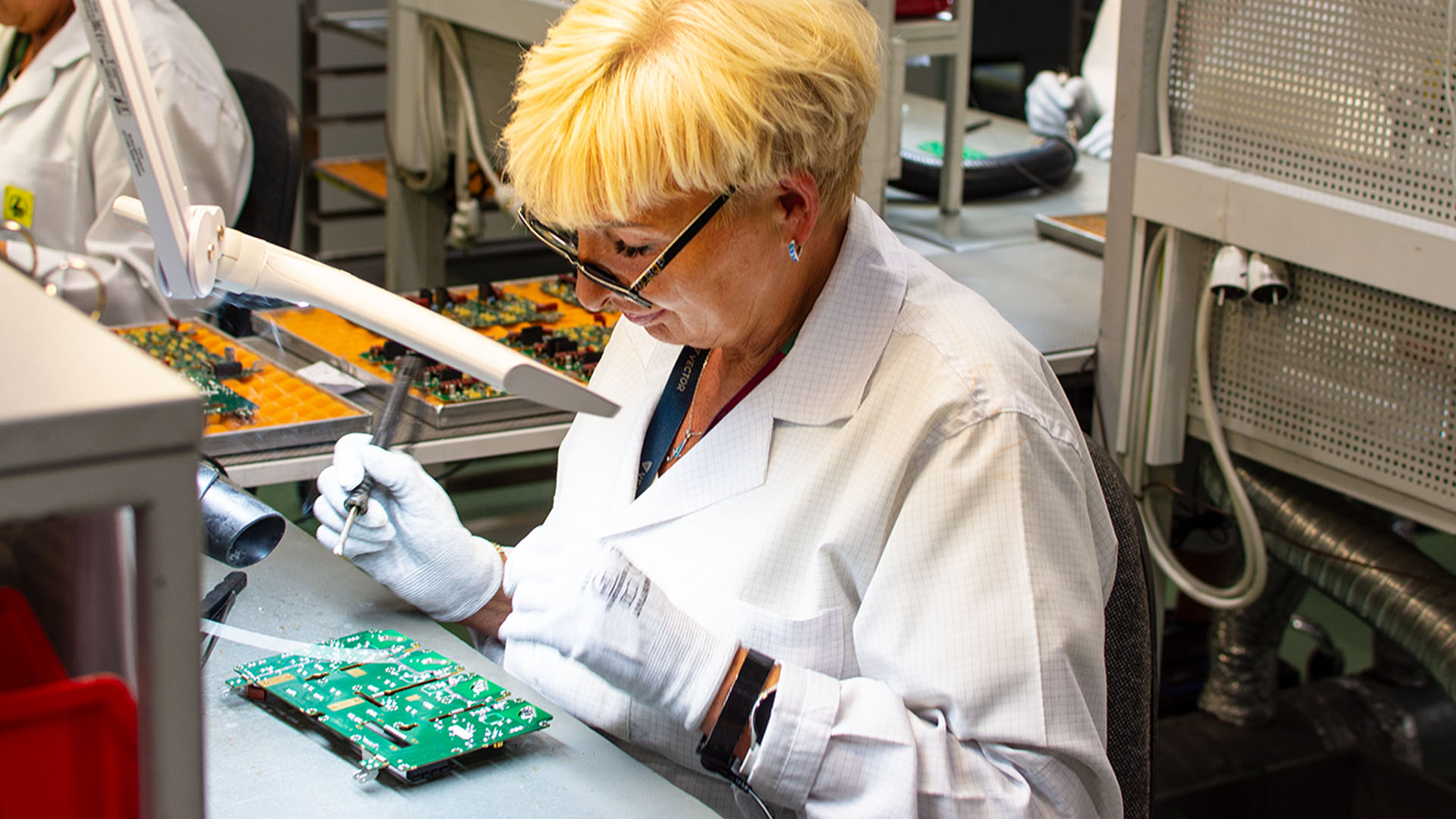
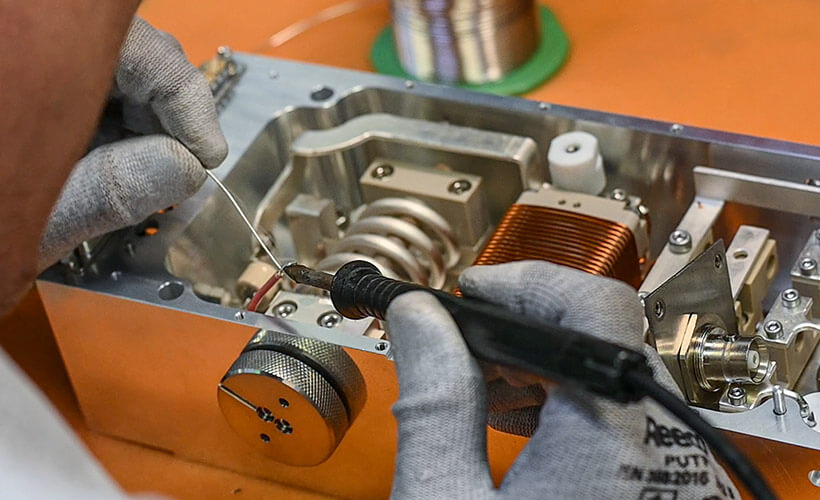
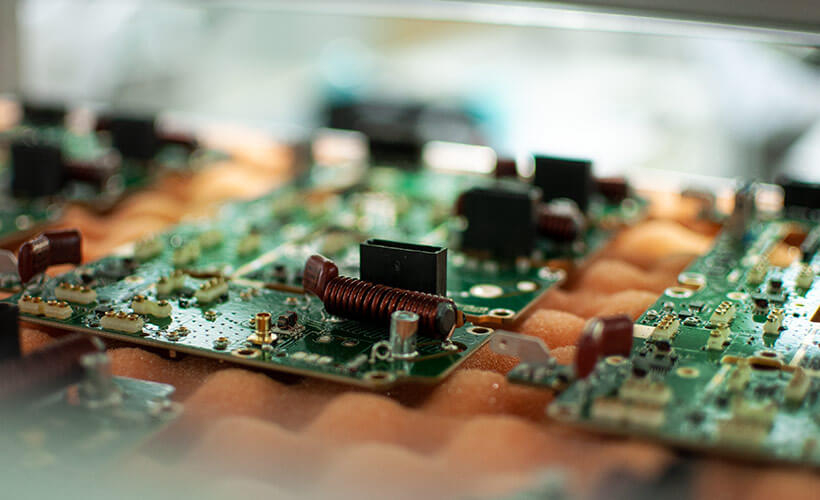
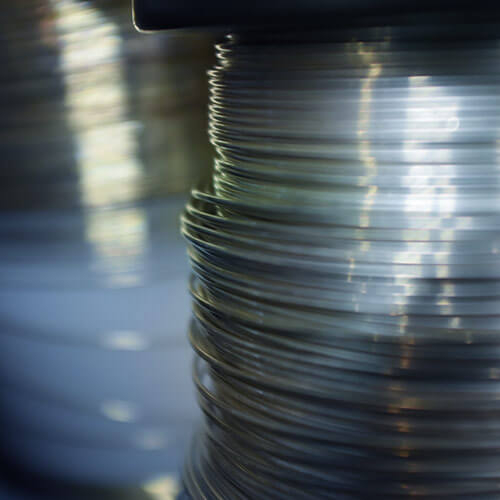
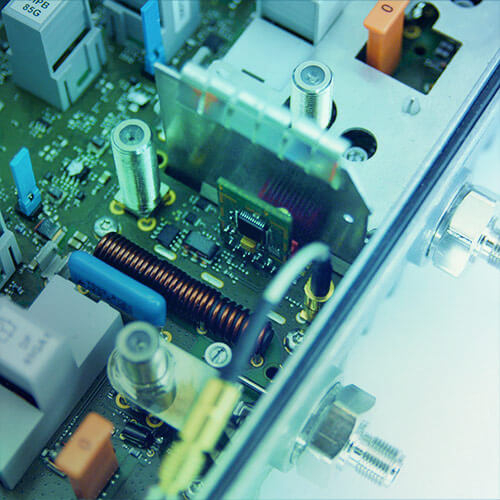



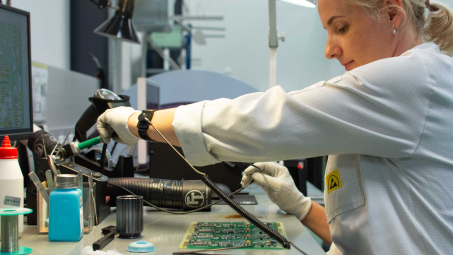
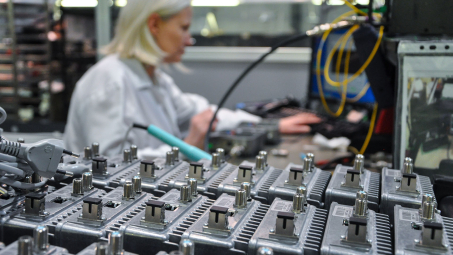
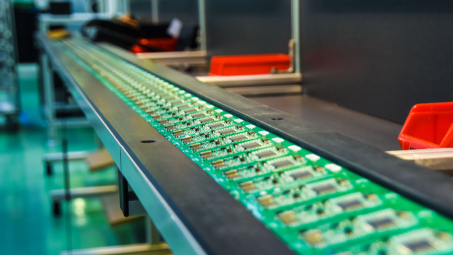
Jarosław Krzyżanowski
Jarosław has over fifteen years of experience in electronics manufacturing processes (SMT, THT, AOI, X-RAY, SOLDER WAVE, SELECTIVE, ASSEMBLY). As Process Leader, he ensures an appropriate level of skill in the manufacturing staff, work standards, processes, the appropriate workplace infrastructure, tools and the best use of technological solutions. He gets the most satisfaction out of teamwork. He also likes to look for out-of-the-box innovative solutions our customers require. Music is Jarek’s greatest passion; he also loves family walks and DIY.